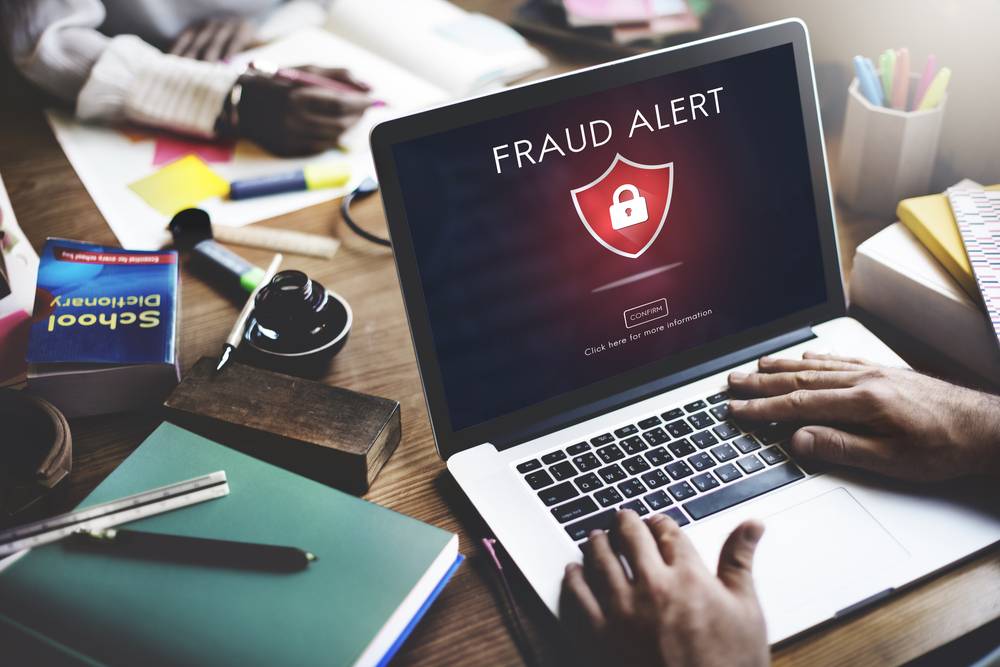 Last updated: February 4th, 2020 10:15 AM
Last updated: February 4th, 2020 10:15 AM
GST Evasion using Dummy Invoices
The GST Investigation wing has issued an SOP on detecting and tackling dummy invoice fraud to the GST Council. The usage of dummy invoices and tackling of the same by the Government are explained in this article.Input Tax Credit
To understand the dummy invoice fraud in GST we must first understand the concept of Input Tax Credit and how it is used in India. When a buyer pays GST on goods or services purchased, the said buyer can then claim Input Tax Credit on GST paid on a sale either after processing the goods or a resale of the same goods, to another customer. In other words, suppose a buyer incurs Rs.250 on GST when purchasing books from a seller. Then, the buyer, in turn, sells the books to end customers charging a GST of Rs.450. The net GST that needs to be paid to the Government on books sold will be only Rs.200 (Rs.250 will be adjusted or deducted from Rs.450). Thus Rs.250 becomes the Input Tax Credit for the buyer that can be claimed from the Government.Dummy Invoices
The registered taxable person would issue “dummy invoices” (otherwise known as "fake invoices") with an intention to cheat the Government and claim Input Tax credit without actually paying the GST in the first place. The following are some of the ways this fraud is perpetrated: No GST paid: The buyer gets a dummy Invoice from the seller. Here the seller has not paid any GST to the Government but has issued the Invoice with GST paid amount. No goods or services sold: The seller issues a dummy or fake invoice to the buyer but no transfer of goods or services has actually occurred in reality. It is all just on paper. Invoice and goods issued to two different entities: The seller issues invoice to one entity but goods are transported to someone else. Routing through shell companies in a cyclical manner: There are several shell companies through which the invoices are routed. This results in the transfer of input tax credit in a circular manner that ultimately boosts the turnover spuriously. This is done by dummy eWay Bills to show the movement of goods and dummy invoices.Tackling Dummy Invoices
The following are the SOP to tackle the dummy invoice fraud: Identification: The very first task is to identify entities that are committing this fraud. This includes both the creators of dummy invoices and the users of such invoices. There are some risk factors that signal the presence of such entities:- Multiple GSTIN registrations with the same address, email, common mobile numbers, common signatories and promoters
- Multiple GSTIN with the same PAN
- Incomplete or incorrect address furnished during GST registration
- The mismatch between the area of premises and the goods transaction volume
- The mismatch between the total number of E-Way bills generated and quantity transacted
- GSTR-1A or GSTR-2A have the PAN number of such fraud entities
- Input Tax Credit utilization is abnormally high, e.g. over 95%
- Conducting a comprehensive search in all declared premises to prove a lack of manufacturing facility.
- Checking the power and water consumption amongst other parameters in the premises and comparing with the quantum of manufactured goods.
- Understanding space and facilities available on the premises and assess whether it is feasible to accommodate goods manufactured.
- Checking all clearances, licenses, and permissions from authorities.
- Complete Assessment of E-Way bills issued or lack thereof including validating vehicle numbers provided in the E-Way bills using the RTO database.
- Any mismatch in details supplied to other Government departments like Income Tax, Company Registrar, etc.
- Cancelling the GST registration of such fraudulent entities.
- GSTIN of entities flagged for frauds is added to the database. In the future, if someone purchases invoice using the flagged GSTIN then automatic alerts are generated to the authorities.
- Re-registration of such entities to have a process separate from the normal process. For instance, it could require mandatory physical verification.
- The Input Tax Credit that were availed based on dummy invoices from the entities will be recovered. Also, all the past transactions will be reviewed and checked for fraudulent invoicing.
- Provisional attachment of property and also properties of Directors of such entities if criminal involvement is established.
- To the extent of blocking the Input Tax Credit of such entities can be done.
Popular Post

In the digital age, the convenience of accessing important documents online has become a necessity...

The Atalji Janasnehi Kendra Project that has been launched by the Government of Karnataka...

The Indian Divorce Act governs divorce among the Christian couples in India. Divorce...

When an individual has more than a single PAN card, it may lead to that person being heavily penalised, or worse,...

Employees Provident Fund (PF) is social security and savings scheme for employee in India. Employers engaged...


